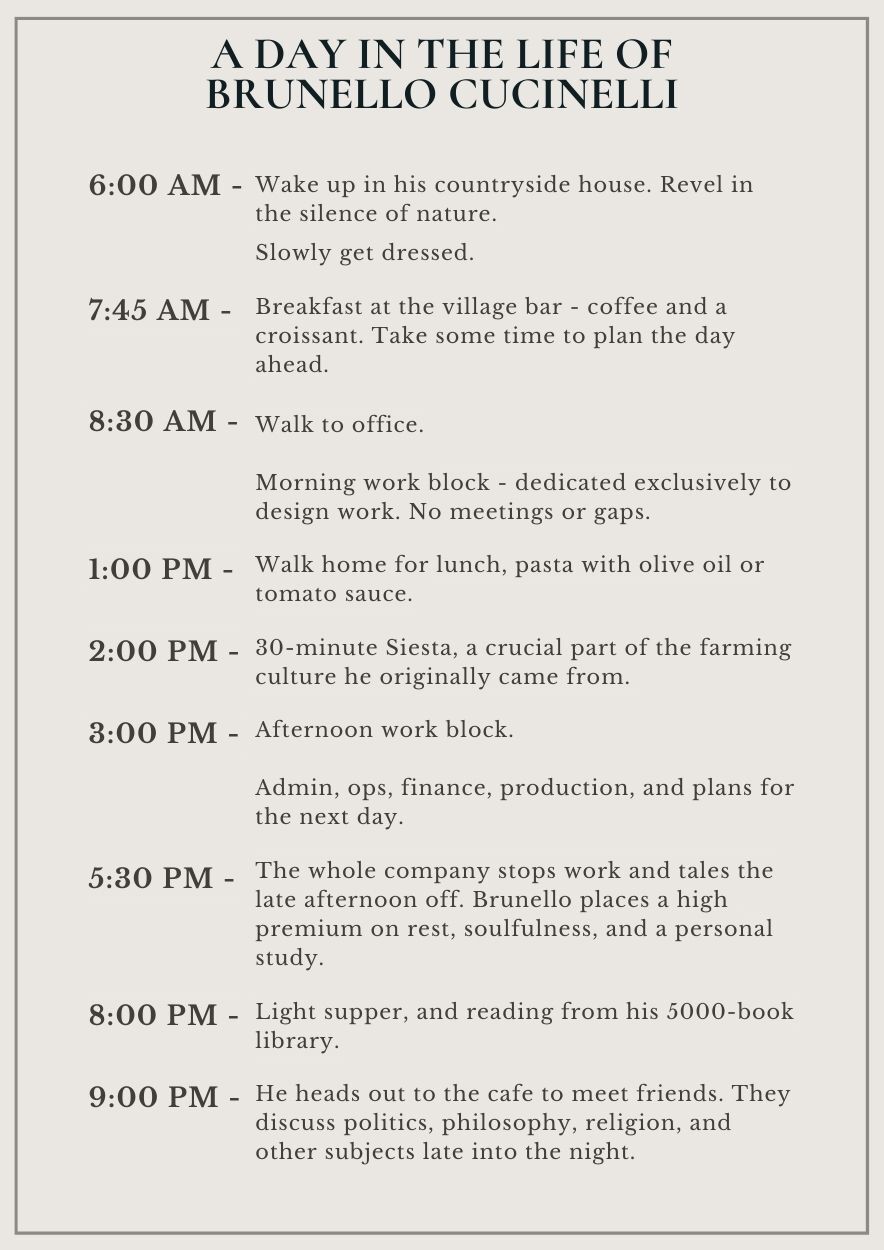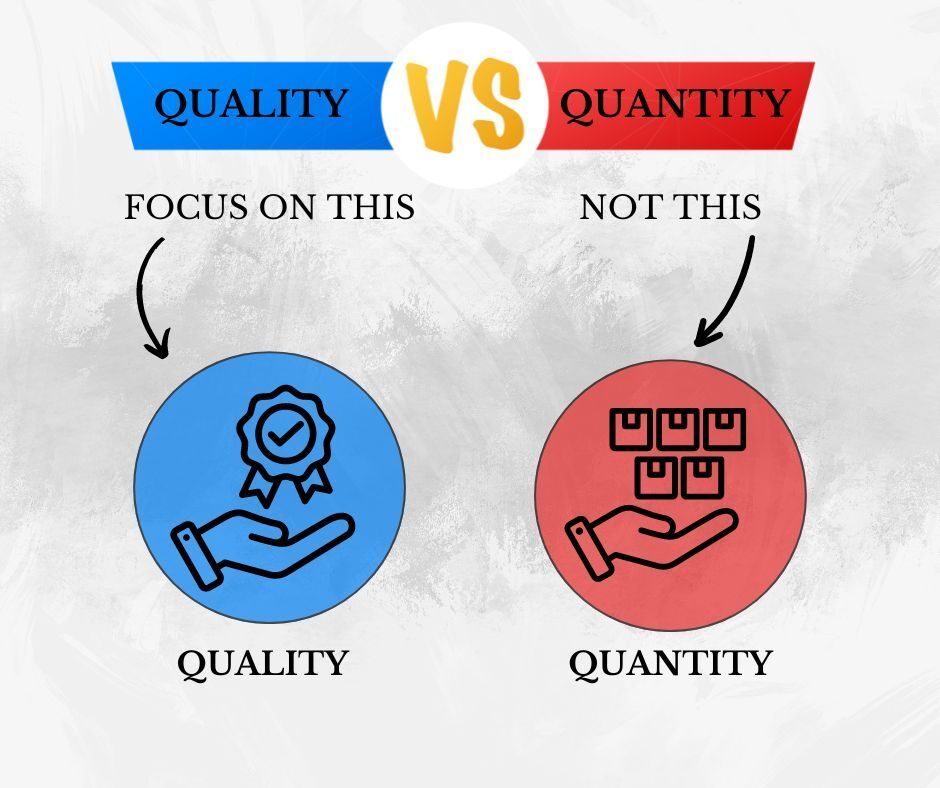11 Ways to Increase Productivity in the Workplace
No Credit Card Required.

Are you looking for an honest opinion on how to improve productivity in the workplace? (Without any fluff)
Well, a few months back I had the same question. But after searching for a while I couldn’t find anything useful.
So, I decided to find the secret productivity strategies of industry top performers and try those myself. And it worked like a charm!
In this article, you’ll find:
- 11 ways to become more productive at work (tested)
- Personalized tips with insights and use cases
- Available technology and AI assistance &
- Tips on how to measure your improvements
So, let’s jump in.
11 Effective ways to improve your workplace productivity
Go through the proven strategies that helped many industry leaders and me to boost workplace productivity significantly.
Utilize your morning energy
Getting a head start with full energy is the best thing you can do to boost your productivity. To my view nothing beats this one.
Why? Reason is simple: you're in your best shape when you wake up after a sound sleep.
So, make sure you don’t waste this sacred energy by getting into any media consumption before work. Try accomplishing a few tasks in the morning then have some entertainment as a treat.
I first heard millionaire entrepreneur Brian Dean talking about this to increase his productivity level and ever since it’s my top pick.
Do advance planning with prioritization
Setting up your mind on what you’ll be doing all over the day is going to change the momentum of your workflow. Best time to plan your day is at the end of the previous working day or at the beginning of the very day.
I prefer 50-50. Half of it I decide on the last day and rest is on the due day.
Moreover, it’s even better if you plan the required time for each task in advance. That’ll keep your brain focused on the target. And you’ll get the dopamine boost of getting things done on time.
Since now you have a clear picture of your workload, this is where prioritizing your tasks comes in. The Eisenhower Matrix is a wonderfully useful tool for this.
Additionally, in the planning phase, get used to a to-do list app or project management software. This will help you organize your tasks more efficiently and stay on track.
Proper time management
Productivity is all about how efficiently you’re managing your time. Therefore, for the best time management, here is the cheat sheet you should consider:
- Do task & time audit.
- Find time leaks (identify your time wasters)
- Set measurable & realistic targets with deadlines
Trust me, if you can master these 3 things I just mentioned, you’ll be at another level. Just doing the time audit & finding the time leaks (time wasters) can get you around 10-20% extra time in a day. Which you were never aware of previously!
For finding time leaks, time tracking software is impressively helpful. Personally, I use Apploye to monitor my active time, idle time and overall time report of each project and day.
Once you find the loopholes then deadlines will further align you with the targets you want to achieve on time.
Try these and thank me later.
Do Advanced Time Audit with Apploye!
Try free for 10 Days - No credit card required!
Utilize Productivity tools & AI
Use of productivity & AI tools is a must if you want to gear up your daily productivity.
The benefits are simply unimaginable. I just wonder how a lot of productivity gurus are missing this gold mine in their pitches.
There are tons of tools to make your days simpler, easier, organized and focused. However, picking the right tool for you can be complicated at first.
You have to try and test the best ones to find out which is most suited for you. For your convenience, I can suggest a few:
- Productivity analyzer & time tracking tool: (Apploye)
- Project management tool: (Trello, Clickup)
- AI assistant: (Chatgpt, PI, Gemini)
For your job-specific needs, you should do some research by searching “your task name” + “AI tool” to find the best one out there.
I’d recommend starting with meeting summarizers, video transcribers, and brief maker AI tools. Then, slowly dive into more advanced ones.
Get Productivity with Actionable Insights!
Focus or Deep work mode (time blocking)
Many of us often underestimate the power of deep work, not realizing what a productivity powerhouse it is.
I highly recommend this strategy if you aim to get most done in the shortest possible time. The hack is simple: set your eye straight on one task with a defined goal and deadline.
Furthermore, avoid any sort of disturbance. No meeting, no talking, no task switching until you’ve completed the task.
To effectively time block and focus on tasks I suggest using focus apps like: Forest, Apploye, or any time monitoring software. These tools will help you maintain concentration and track your progress efficiently.
Typically I keep a part of my everyday job in focus mode. This quick sprint allows me to complete a significant amount of tasks in a short time.
For an ideal reference you can check this daily routine of Brunello Cucinelli (Founder & Ex-CEO of a famous fashion brand). Here you’ll see how he utilizes the focus time at its best.

Take Breaks
You might feel like productivity is all about continuously working, but that’s not true. In fact, this approach can be counterproductive. To sustain productivity, you need to do the opposite.
“Take a break, don’t burn out”
Taking regular breaks at certain intervals actually resets your brain for better productivity. The Pomodoro Technique is world-famous for this. Ideally the technique suggests to take a 5 minute break after every 25 minutes of focused work.
But you can set your own rules according to your preference.Keep in mind only breaks alone won’t do much if they aren’t refreshing enough.
My recommendation is to try to take a walk, talk to somebody, or grab a coffee etc.
Try out Apploye Pomodoro Tracker
Avoid distractions
“All it takes is one notification, to distract you for the whole day.”
Distraction is a terrible productivity killer. It kills the majority amount of time in our day to day’s work.
Our sources of distractions are quite common in the workplace. They are mainly:
- Phone
- Social media
- Gossiping
- Randomly checking emails & switching between tasks
- Outside distractions (noise) etc.
To avoid you can:
- Set specific time and limit to your phone and social media use.
- Keep the phone on silent mode or away from the desk.
- Set focus hours and in that time you wouldn’t switch between tasks.
- Avoid checking emails randomly. Check it at a selected time of day.
- Use noise cancellation headphones to avoid workplace noise distractions.
- Request or report your management for a better workplace environment.
Say ‘No’ to Multitasking
It feels so fascinating to be the one who can do everything simultaneously, right? But if you’re looking for how to be more productive at work this just won’t work.
Human brain is specifically designed to do one task at a time. Doing multiple tasks impairs the brain and reduces your focus and efficiency significantly.
Therefore, always try to engage in one task at a time—nothing less, nothing more. Do one job well, and only then move on to the next task.
Keep things simple - don’t be a perfectionist
Although we all love a job that is perfectly done, it comes with a heavy price: time.
We waste countless hours of our time on tasks that don’t significantly contribute to our personal or organizational progress.
If you look deeper into your day to day operation you’ll find this yourself. Like doing another fine tuning or a final revision or a final retouch. Most of the time it’s not that important.
Meanwhile, you could have completed another task without putting much mental pressure on yourself.
So next time you’re doing a task yourself or delegating it, don’t overcomplicate the ones that have clear, simpler solutions.
Always try to find an easier way out to get the job done. That should be your top priority.
Organize your workspace
A neat, clean & organized workplace will automatically set your mood for a productive work day.
It takes only 5 minutes to declutter your desk and organize it, the effect is mesmerizing.
Consider setting the following things to get a great productive day:
- Neat and clean desk
- Ample light in your workspace
- Ergonomic sitting position (chair, sitting position, desk height, etc.)
- Plants on the desk or in the room
- Healthy airflow and temperature control etc.
Clear and concise communication
Effective communication is one of the cornerstones that is often undervalued in a lot of organizations.
You can cut down a significant amount of your time waste just being a little careful about what you’re communicating.
Here's a few sets of rules that helped me & my team ace our communication:
- Use clear language
- Emails and messages should be on point & well structured
- Every meeting must have list of action points
- Active listening
- On time followup of the task
Measuring your productivity improvements

You now have a list of tasks that you’ll need to implement for increasing workplace productivity. But how would you find out if it’s helping you or not?
That’s where productivity measurement kicks in. People might say that it's not possible to measure productivity improvements since it’s an intangible thing.
Well, I respectfully beg to differ. Productivity is absolutely measurable. Just follow me along, you’ll find it out.
You need clear benchmarks
First thing to begin with is selecting the task, target and data you want to track down. It could be on a daily, weekly, or monthly basis.
I recommend going for daily ones as this data will be quickly available.
For example, aim to complete a task at a certain time. Or reduce time spent on specific activities. You’ll first note down your targets so that you can compare the actual results with it.
Use task & time tracking tools
Now that you’ve done the groundwork it’s time to track things for reviewing. Leverage task & time tracking tools like Apploye, Asana, Clickup to monitor the time you spend on each task.
Using productivity tools will provide you with detailed reports and analytics on your active and idle times. This will help you identify patterns and areas for improvement easily.
Accurate Time Tracking with Powerful Analytics
Analyze task completion rates
Task completion rate is one crucial matrix that you must consider while implementing any productivity strategy. Especially for team managers and owners.
Try to regularly review your to-do lists and task boards. Look at how many tasks you’ve completed vs how many were planned. This can give you a clear picture of your efficiency and help identify bottlenecks.
Conduct regular reviews
Set aside time each day, week or month to review your productivity. For the team it’s better to go for a weekly or monthly review.
Reflect on what strategies worked well and which didn’t. This self-assessment will provide valuable insights and help you make necessary adjustments to your approach.
Monitor your output quality

Productivity isn’t just about quantity; quality matters too. In some cases more than quantity.
Therefore, make sure that your output maintains a high standard. Consider tracking metrics related to the quality of your work: such as error rates, client satisfaction, or project success rates.
Compare baseline data
Finally you have to compare your current productivity data with the baseline data (the data you had before implementing the productivity strategies).
This comparison will help you see the tangible improvements and motivate you to continue optimizing your workflow.
Sign off
Improving productivity is a continuous journey. And It requires constant experimentation and adjustment along the way.
To achieve this, you have to stay committed and regularly track your improvements. Only then can you see your productivity reaching new heights.
Just keep these strategies of improving your productivity in your side pockets. And you probably won’t need to wander anywhere else.
Good luck on your journey!
Similar reads:
